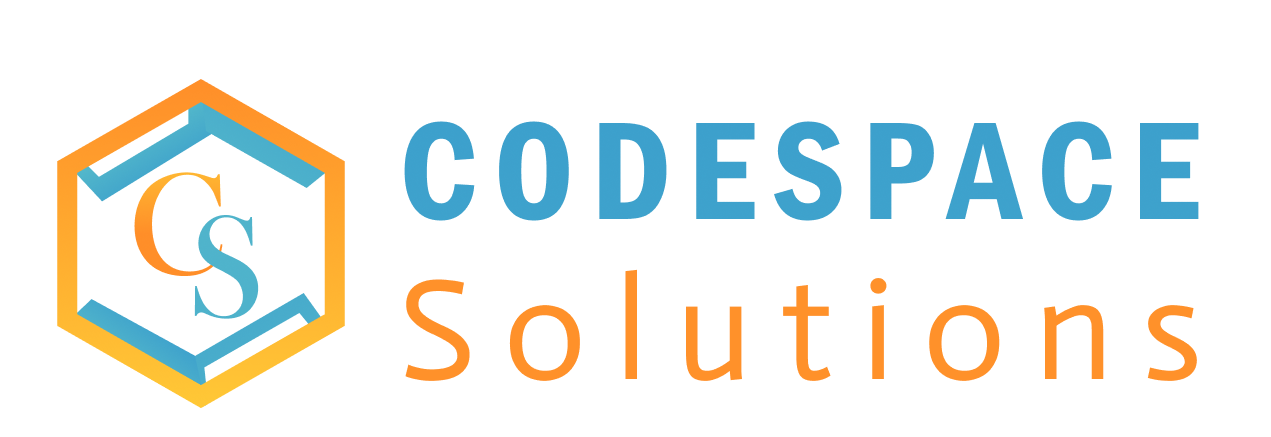Web Development Expertise
At Codespacesolutions We provide cutting-edge web development services tailored to your business needs. From simple websites to complex web applications, we deliver seamless, high-performing, and secure solutions.
Web Development Services
1. Custom Web Development
We craft tailored web solutions designed to fit your unique business needs.
- Custom-built websites & applications
- Responsive & mobile-first design
- Scalable architecture for future growth
2. E-commerce Development
Sell smarter with a powerful, secure, and scalable e-commerce platform.
- Shopify, WooCommerce, Magento, & Custom Stores
- Secure payment gateways & checkout optimization
- Inventory & order management solutions
3. Web Application Development
We develop dynamic and interactive web applications for businesses of all sizes.
- Progressive Web Apps (PWAs) & Single Page Applications (SPAs)b, GitLab
- Custom dashboards, CRM & ERP integrations
- Real-time features (WebSockets, APIs)
4. UI/UX Design & Front-End Development
We create visually stunning and highly interactive web experiences.
- User-friendly & modern design
- HTML, CSS, JavaScript, React, Vue.js, Angular
- Interactive animations & seamless navigation
5. API Development & System Integration
Streamline your business with custom APIs and third-party integrations.
- RESTful APIs & GraphQL
- Payment, CRM, ERP, & social media integrations
- Secure data exchange & authentication
6. Website Maintenance & Support
Keep your website up to date, secure, and performing at its best.
- Security updates & bug fixes
- Performance optimization & speed enhancements
- Regular backups & 24/7 monitoring
7. Website Security & Performance Optimization
We ensure your website is fast, secure, and optimized for search engines.
- SSL encryption & HTTPS security
- Speed optimization (CDN, caching, lazy loading)
- SEO-friendly structure & Core Web Vitals compliance
8. Hosting & Deployment Solutions
Reliable, high-performance hosting with seamless deployment.
- AWS, Google Cloud, DigitalOcean, Vercel, Netlify
- Server-side & cloud-based hosting
- CI/CD automation for smooth updates
Why Choose Us?
- Expert developers with years of experience
- Cutting-edge technologies & industry best practices
- Secure, scalable, and high-performance solutions
- 24/7 technical support & maintenance

